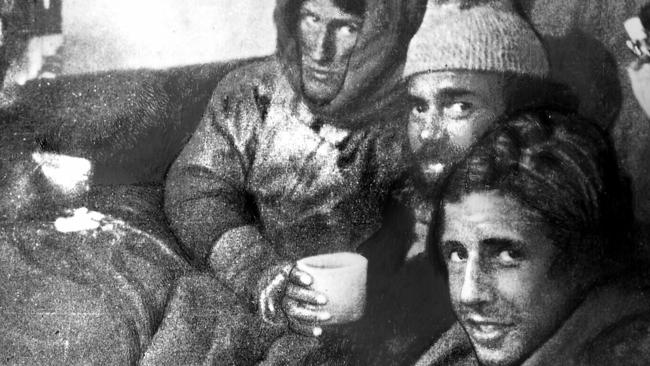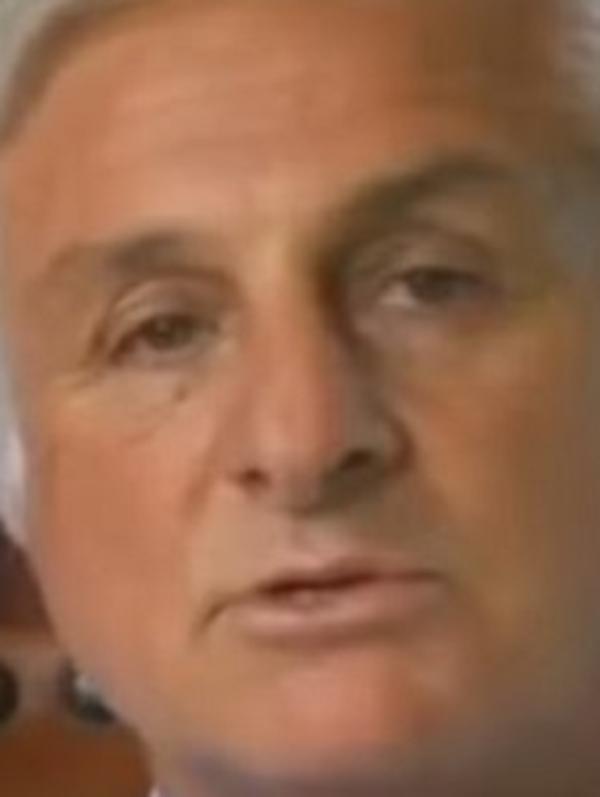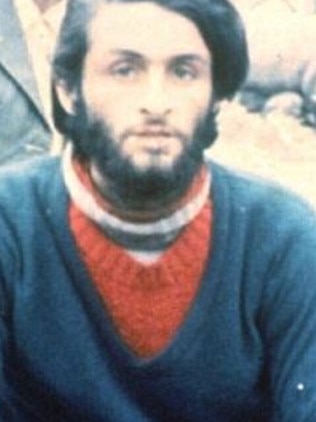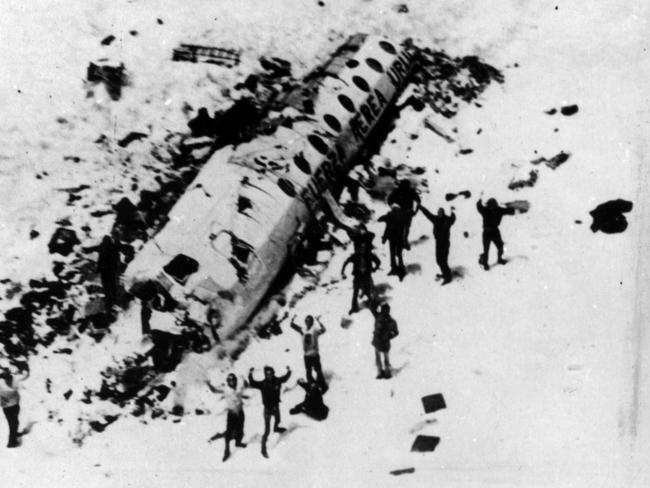Survivor Roberto Canessa recalls decision to eat friends after 1972 Andes plane crash
A SURVIVOR of the 1972 Andes flight disaster has recounted in a new book of the anguish he faced in eating the bodies of his friends to make it out alive.

Books & Magazines
Don't miss out on the headlines from Books & Magazines. Followed categories will be added to My News.
A SURVIVOR of the 1972 Andes flight disaster has recounted how the victims were forced to eat their friends’ frozen bodies in order to survive the deadly crash.
Roberto Canessa was a second-year medical student with the world at his feet when the plane he had chartered with his rugby team mates — and childhood friends — crashed into the mountains.
He told The Daily Mail of the agonising decision to resort to cannibalism after the scarce supplies on-board were exhausted within days and hopes of a quick rescue faded.


Mr Canessa said: “After just a few days we were feeling the sensation of our own bodies consuming themselves just to remain alive. Before long we would become too weak to recover from starvation.
“We knew the answer, but it was too terrible to contemplate.
“The bodies of our friends and teammates, preserved outside in the snow and ice, contained vital, life-giving protein that could help us survive. But could we do it?
“For a long time we agonised. I went out in the snow and prayed to God for guidance. Without His consent, I felt I would be violating the memory of my friends; that I would be stealing their souls.
“We wondered whether we were going mad even to contemplate such a thing. Had we turned into brute savages? Or was this the only sane thing to do? Truly, we were pushing the limits of our fear.”

The Sun reports that Mr Canessa said he managed to reconcile himself when he remembered the words he had said to himself in the aftermath of the crash: that if he died, the rest could use his body to survive.
“For me, it was an honour to say that if my heart stopped beating, my arms and legs and muscles could still be part of our communal mission to get off the mountain. I wanted to know I’d still be playing my part,” he said.
“And now, as a doctor, I cannot help associating that event — using a dead body to continue living — with something that would be realised the world over in the coming decades: organ and tissue transplants.


“We were the ones to break the taboo. But the world would break it with us in the years to come, as what was once thought bizarre became a new way to honour the dead.
“Gradually, each of us came to our own decision in our own time. And once we had done so, it was irreversible. It was our final goodbye to innocence.
“We were never the same again.”
Four of the victims — Mr Canessa, Gustavo Zerbino, Fito Strauch and Daniel Maspons — took a razor-blade or shard of glass to cut the clothes off the bodies and laid the thin strips of frozen flesh aside on a piece of sheet metal.
“Each of us finally consumed our piece when we could bear to.”
The flight was carrying 45 passengers at the time of the crash and 27 people survived the initial impact.
However other factors, including harsh conditions and an avalanche, meant that by the time rescue operations were carried out 72 days after the disaster, only 16 survivors remained.
Mr Canessa’s story is adapted from his book, I Had To Survive: How A Plane Crash In The Andes Inspired My Calling To Save Lives by Dr Roberto Canessa and Pablo Vierci, to be published by Constable on March 3.

Originally published as Survivor Roberto Canessa recalls decision to eat friends after 1972 Andes plane crash
